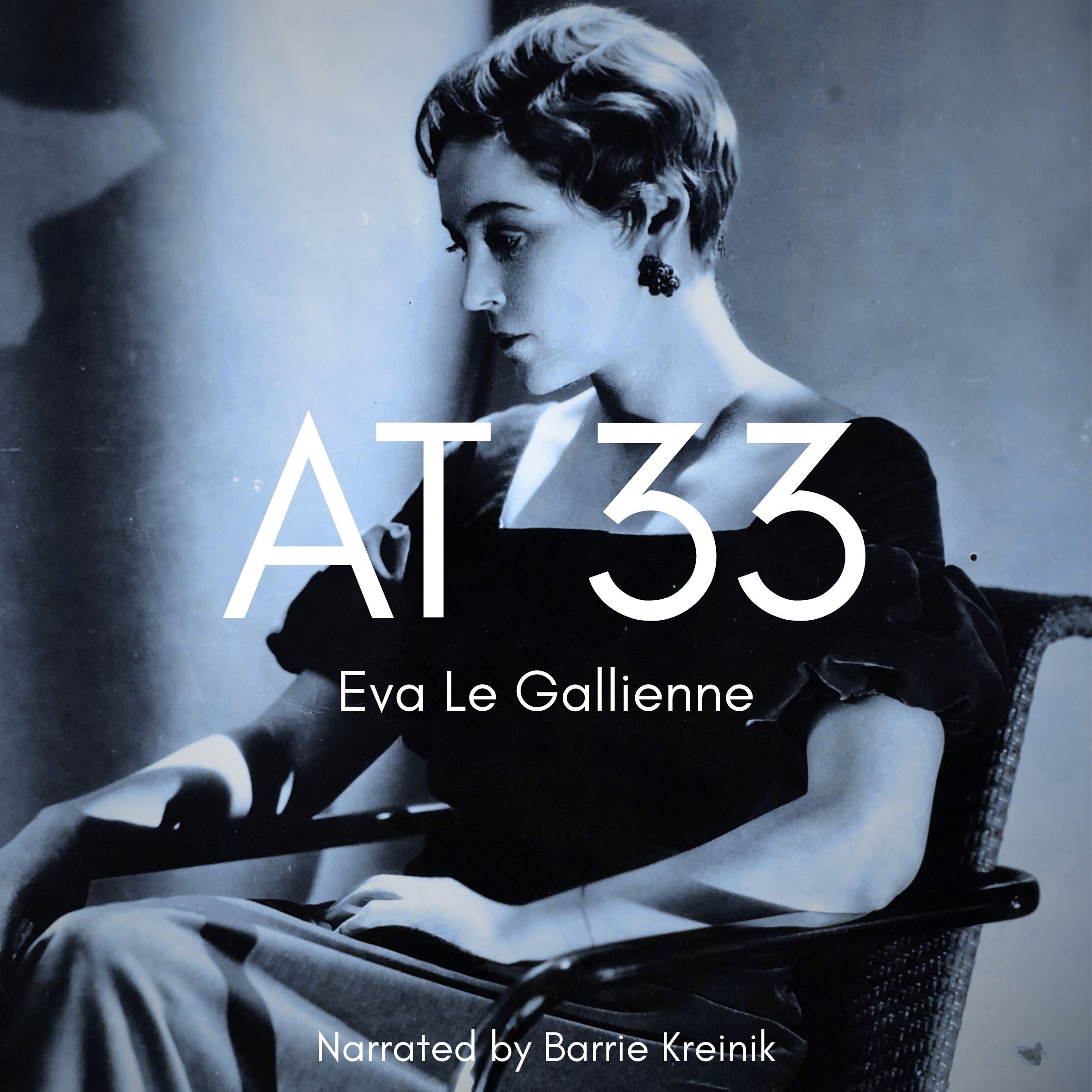Jiangsu 39
Listen to Jiangsu 39, a 21-year-old woman from Dānyáng, Jiangsu Province, China. Click or tap the triangle-shaped play button to hear the subject.
Both as a courtesy and to comply with copyright law, please remember to credit IDEA for direct or indirect use of samples. IDEA is a free resource; please consider supporting us.
BIOGRAPHICAL INFORMATION
AGE: 21
DATE OF BIRTH (DD/MM/YYYY): 22/03/1989
PLACE OF BIRTH: Dānyáng, Jiangsu Province
GENDER: female
ETHNICITY: Han Chinese
OCCUPATION: student
EDUCATION: university
AREAS OF RESIDENCE OUTSIDE REPRESENTATIVE REGION FOR LONGER THAN SIX MONTHS: N/A
OTHER INFLUENCES ON SPEECH: N/A
The text used in our recordings of scripted speech can be found by clicking here.
RECORDED BY: Bill McCann
DATE OF RECORDING (DD/MM/YYYY): 30/04/2010
PHONETIC TRANSCRIPTION OF SCRIPTED SPEECH: N/A
TRANSCRIBED BY: N/A
DATE OF TRANSCRIPTION (DD/MM/YYYY): N/A
ORTHOGRAPHIC TRANSCRIPTION OF UNSCRIPTED SPEECH:
My hometown is in Danyang. I started learning English at the age of 11. I live together with my parents and my grandmother. It’s lucky for me to meet with my family members in my life because they changed me greatly. Besides, because of them, I like traveling. I have been to a lot of places. Traveling by myself is a perfect thing. I can think about a lot of things and become relaxed. That’s all. [The subject now goes on to read abstracts from the Analects of Confucius in her own Dānyáng dialect. (See the detailed commentary below.) She has also provided a pinyin transliteration. A reading in Putonghua (Mandarin) can be heard on the Hebei 1 sample.]
TRANSCRIBED BY: Bill McCann
DATE OF TRANSCRIPTION (DD/MM/YYYY): 07/08/2013
PHONETIC TRANSCRIPTION OF UNSCRIPTED SPEECH: N/A
TRANSCRIBED BY: N/A
DATE OF TRANSCRIPTION (DD/MM/YYYY): N/A
SCHOLARLY COMMENTARY:
SHORT READINGS FROM THE ANALECTS OF CONFUCIUS
KEY: A = Mandarin (Simplified); B = Mandarin (Pinyin); C = Dialect (Pinyin); D = English.
孔子: 论语 – Kǒng zǐ : lún yǔ – Kon zi: len yu – Confucius: Lun Yu
學而第一 – xué ér dì yī – Xia er dei yi – Chapter One
A: 1-1:- 子曰: 學而時習之、不亦說乎。
B: yī-yī :- zǐ yuē: xué ér shí xí zhī, bù yì yuè hū.
C: yī-yī :- zi yua: xia er se xie zi, fe yi yo hu
D: 1-1:- The Master said: Is it not pleasure to learn, and practice what is learned time and again?
A: 1-2:- 有朋自遠方來、不亦樂乎。
B: yī-èr:- yǒu péng zì yuǎn fāng lái, bù yì lè hū.
C: yī-èr:- you pang zi yue fang lai, fe yi le hu
D: 1-2:- Is it not happiness to have friends coming from distant places?
A: 1-3:- 人不知而不慍、不亦君子乎。
B: yī-sān: rén bù zhī ér bù yùn, bù yì jūn zi hū.
C: yī-sān: nin fe zi er fe yun, fe yi jun zi hu
D: 1-3:- Is it not virtue for a man to feel no discomposure when others take no note of him?
為政第二 – wéi zhèng dì èr – wai zeng dei yi – Chapter two
A: 2-2:- 子曰:「詩三百,一言以蔽之,曰:『思無邪』。
B: èr-èr:- zǐ yuē: shī sān bǎi, yī yán yǐ bì zhī , yuē: sī wú xié.
C: èr-èr:- zi yua: si san bo, yi yi yi bi zi, yua: si wu xia
D: 2-2:- The Master said: In the Book of Odes there are three hundred poems, but they may be summarised in a single sentence: Think no evil.
A: 2-7:- 子游問孝。子曰:今之孝者,是謂能養。至於犬馬,皆能有養;不敬, 何 以別乎。
B: èr-qī:- zǐ yóu wèn xiào. zǐ yuē: jīn zhī xiào zhě, shì wèi néng yǎng. zhì wū quǎn mǎ, jiē néng yǒu yǎng; bù jìng, hé yǐ bié hū.
C: : èr-qī:- zi you men xiao. Zi yua: jin zi xiao zha,si wai ning yang. Zi yu que mo, ji ning you yang: fe jing, hou yi bie hu.
D: 2-7:- Zi You asked what filial piety was. The Master said: Nowadays, providing support for one’s parents is considered filial piety. But dogs and horses can also do this. If there is no respect, what is the difference?
A: 2-10:- 子曰:「視其所以,觀其所由,察其所安。人焉叟哉?人焉叟哉?
B: èr-shí :- zǐ yuē: shì qí suǒ yǐ , guān qí suǒ yóu, chá qí suǒ ān. rén yān sǒu zāi? rén yān sǒu zāi?
C: èr-shí :- zi yua: si ji sou zi, gue ji sou you, cuo ji sou e. ning yi sei zai? ning yi sei zai?
D: 2-10:- The Master said: Watch what a man does. Find out his motives. See how he takes his ease. How then can the man hide his true self? How can the man hide his true self?
COMMENTARY
This is an interesting example of a Chinese speaker of English who has overcome most of the usual phoneme problems found in Chinese speakers but who has not apparently made much, if any, of an attempt at accent reduction. The delivery is smooth and clear, but the accent remains quite strong. It is quite pleasant to listen to.
The sample is also interesting for the significance of the subject’s native dialect. It should be compared directly with the Jiangsu 12 sample (also from Dānyáng), when it will be seen that the dialects are quite different. Dānyáng is a county that lies half way between Zhenjiang in the north and Changzhou in the south. We should note that Zhenjiang is on the south bank of the Chang Jiang (Yangtse) River. The subject in the Jiangsu 12 sample comes from the city of Dānyáng, which lies in the north of the county, whilst the subject in this sample comes from a village in the south of the county. This is significant from the point of view of the variety found in the Dānyáng dialect.
This dialect lies right at the border of the Wu dialect region in south Jiangsu and the Jianghuai Mandarin dialect spoken in northern Jiangsu. This has made it one of the most important areas for Chinese linguistic research. A recent study has tried to analyse the heterogeneous strata of the Dānyáng dialect phonetics, in order to discover the phonetic format of the fundamental dialect, and the evolving trend of the dialect’s phonetics during different historical periods.
In general, it can be seen that features of the Wu dialects, such as those of Suzhou, Yangzhou and Changzhou, are prominent in the dialects found in the south of Dānyáng County, where the dialects in the north of the county are closer to the Jianghuai Mandarin group. However, none of the sub-dialects that are spoken in individual villages throughout the county can be said to be typical Jianghuai Mandarin, and they are even quite different to the dialect spoken in Zhenjiang. This can be heard quite clearly when comparing the Confucius Readings on both Dānyáng samples.
For a detailed commentary on Dānyáng and the legend that gave rise to the Chinese “Valentine’s Day” Festival that is still celebrated today, see the Jiangsu 12 sample.
COMMENTARY BY: Bill McCann
DATE OF COMMENTARY (DD/MM/YYYY): 07/08/2013
The archive provides:
- Recordings of accent/dialect speakers from the region you select.
- Text of the speakers’ biographical details.
- Scholarly commentary and analysis in some cases.
- In most cases, an orthographic transcription of the speakers’ unscripted speech. In a small number of cases, you will also find a narrow phonetic transcription of the sample (see Phonetic Transcriptions for a complete list). The recordings average four minutes in length and feature both the reading of one of two standard passages, and some unscripted speech. The two passages are Comma Gets a Cure (currently our standard passage) and The Rainbow Passage (used in our earliest recordings).
For instructional materials or coaching in the accents and dialects represented here, please go to Other Dialect Services.
 IDEA: International Dialects of English Archive
IDEA: International Dialects of English Archive



